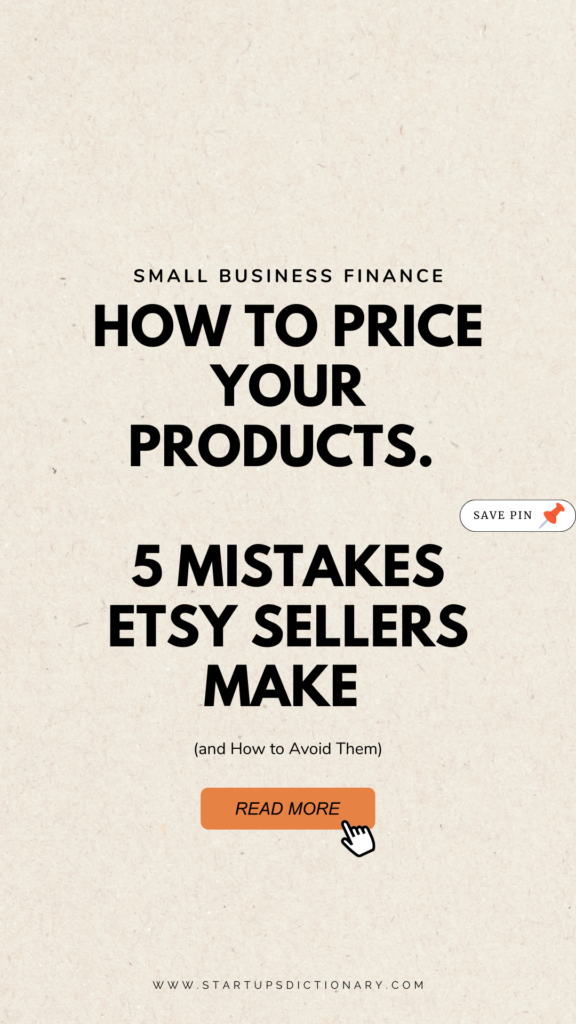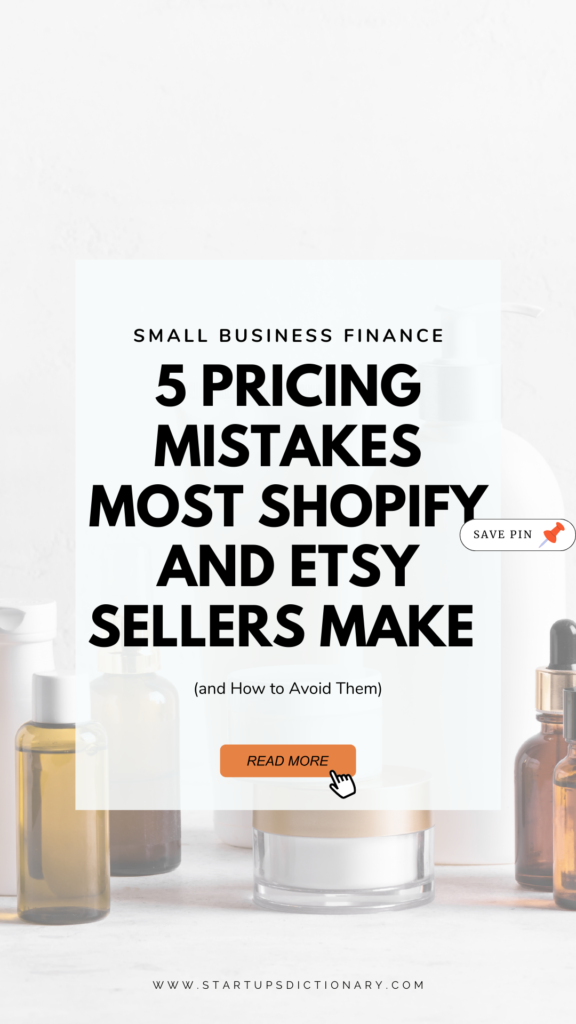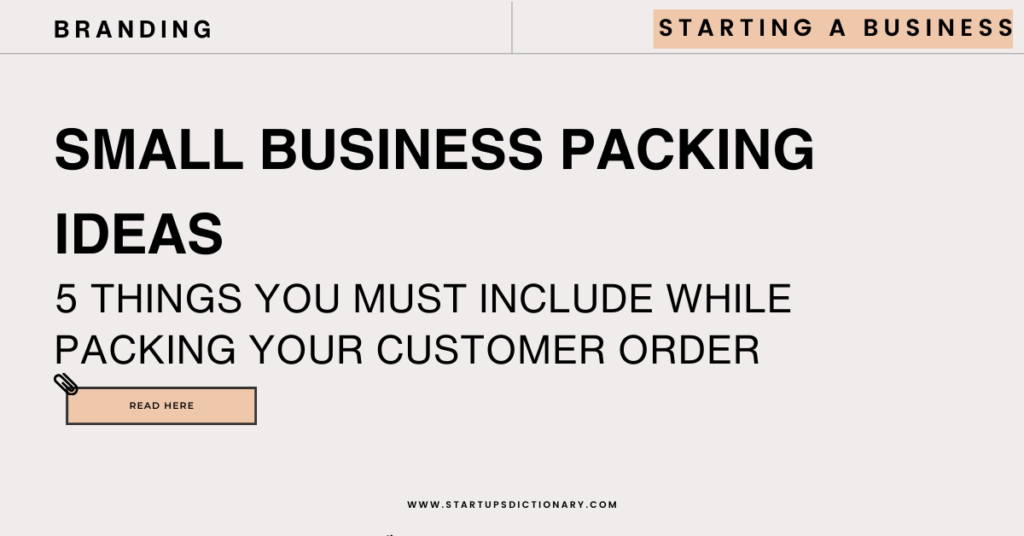Pricing your product is more than twice the cost of your product.
For many business owners, pricing is a very hit-and-miss situation. They assume prices. Many can’t find the right strategy that works for them. Others go with gut-based pricing.
Pricing is more than your product’s price tag. It conveys what your product is worth and why.
It also represents your brand, market position, and whether or not your business will be profitable.
Here are some of the most common pricing mistakes small business owners make and how to avoid them:
Before we begin: Here is the Free Product Pricing Calculator:
Mistake #1 – Doubling your Cost price = Selling price
Doubling the cost price equals the selling price (Cost Price x2 = Selling Price) or
Adding a few dollars to the cost price equals the selling price. (Cost Price + $$ = Selling Price)
One of the most common pricing strategies that small business owners use is to double their cost price. While this is the most straightforward approach, it is not a strategic way, here is why:
Pricing your products involves a lot more than just the cost of the product. You must also consider the costs required to run a business, such as business overheads, like rent, utilities, equipment costs, marketing, branding, advertising expenses, and more.
Here are 7 key things to consider before you price your products – Read here.
Without factoring in these expenses, you may unintentionally price your product too low, leaving you with minimal or no profit. This brings me to my next point: pricing your products low.
Mistake #2 – Lowering the price of your products.
Sometimes, this works as a strategy, but most of the time, business owners do it because they think it will attract more customers.
Here is why you should not lower your pricing:
Lower the perception of your product:
When you offer products at lower prices, people will associate that price with the product, lowering the perception of your brand. Even if you are offering a premium product, people will assume something isn’t right. Think about it this way: Would you buy a known luxury handbag for $50, while this brand’s handbags start with a retail price between $800 and $1000?
It lowers your profits:
This is obvious: Lowering your selling price will result in lower profits. Depending on the pricing, there could be minimal to no profits at all.
To sustainably grow your business, you need to be making some profits, if not at least reaching Break Even—a point in a business where you are not making any profits or losing money.
You attract a different customer base:
Product prices indirectly influence your brand. Every brand has an Ideal customer base. When you lower your price, you will attract a different type of customer base who always expect you to offer those prices.
They may or may not be the type of audience you wish to attract to your brand. That’s why it is essential to segment your audience based on the price range you can offer. This brings me to my next point.
Mistake #3 – Not understanding your customers
Apart from knowing the psychographics and demographics of your customers. You need to understand their purchasing power.
Every brand can have three types of customers.
- The superfans: They buy everything and anything from you. They will be repeat buyers, buying from your business again and again.
- The testers are new to your brand and are checking out your products. They are first-time buyers.
- Discount shoppers: They shop only when you are running discounts.
Now, for these types of customers, you need to have a range of pricing that will help them shop your products based on their purchasing power.
Segmenting your customers will help you curate your products based on different price ranges that appeal to these shoppers. This brings me to the next mistake business owners make: not having a variety of products.
Mistake #4 – Not having a variety of products:
Offering a greater variety of products allows your audience to choose products from different pricing and product ranges.
In the previous mistake, we learned about types of customers. Think of Testers for a minute. These people are new to your business, and they have no idea if they like your products or not. What kind of products can you offer that will help them like your brand?
Now, here is a key point to note: Offering a variety of products doesn’t mean diluting your brand niche. It means offering more within your niche product type, such as in various sizes, colors, and complementary products.
This depends on how you curate inventory for your business. If you wish to learn how to strategically and effectively curate your inventory so that your customers love it, check out the Inventory Curation Mastery Course
Mistake #5 – Not updating your pricing:
There are many factors that influence the pricing of your products. Some direct and indirect causes can influence the cost of the products that you are selling, such as an increase in product cost at the source, shipping cost, increase in material cost, warehouse rent, etc.
It is best practice to calculate and update your product pricing regularly. A slight miscalculation can have many consequences for your business.
What’s Next
Pricing your products is a strategic decision and should not be done arbitrarily. If you wish to learn how to price your products strategically, where you not only help you sell more but also make sure you are running your business profitably. Check out the course Pricing to Profit
FAQ’s
What should I do if customers think my prices are too high?
This is one of the most commonly asked questions. What if my customers think my prices are too high or worse, what if they don’t buy your products because of pricing?
Various factors can influence this. The pricing of your products is just one aspect of it. You must also ensure that your pricing aligns with your branding, marketing, and target audience.
When you are sure that you have strategically priced your products, done your branding and marketing right, and made sure you are targeting the right customer.
This usually happens when customers don’t understand the value of your products, either due to a lack of visual representation or education about your products.
In such cases, highlight the value of your products, such as quality, unique features, etc. Use product descriptions, photos, and testimonials to communicate why your products are worth the price.
If needed, test slight adjustments while ensuring you maintain profitability.
How do platform fees on Shopify and Etsy affect my pricing?
Both platforms charge transaction fees, listing fees, and payment processing fees. Make sure to factor these into your pricing to avoid cutting your profits. For example, Etsy charges $0.2 for every product listing and again for every sale. When you make a sale through Etsy, you will be charged a transaction fee of 6.5%. Calculate this amount and include it in your overall cost structure.




